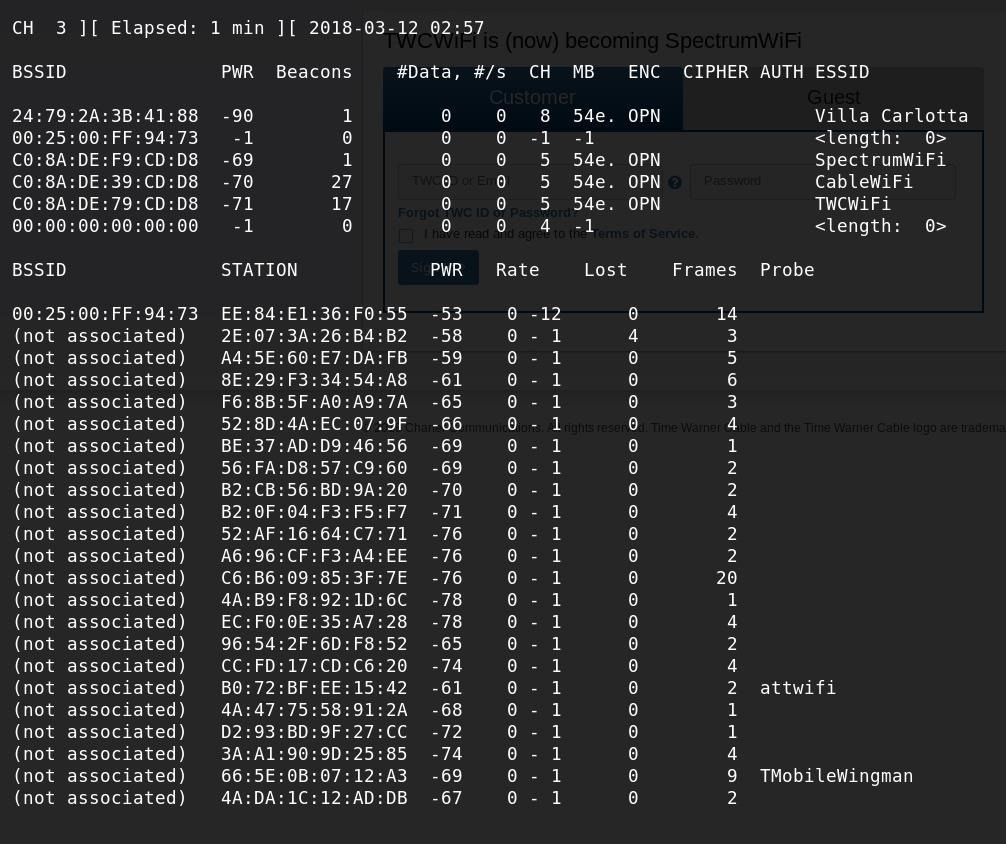
This system still has certain vulnerabilities, as we will discuss below, but it is considered secure. A digital certificate is issued by a certification authority. TLS also supplies digital certificates that authenticate the credentials of websites and let you know that the data is from a trusted source (or a site who claims to be one). Once the encryption is in place, intruders cannot monitor or modify the communications between the web browser and website without being detected. Each connection generates its own, unique private key, and the connection is encrypted before a single byte of data is transmitted. Once the handshake is established, the server and browser negotiate private keys to encrypt your connection. To ensure the integrity of their connection, your browser and the Internet server initiate a “handshake” by sharing a public key.
#Public wifi hacker code#
A key is simply a code for computers involved in message transmission, and a private key is one that is not open to the public. It’s what allows you to enter your login credentials, browse websites, or perform online banking without others seeing the contents. The TLS protocol is the backbone of securing online connections. A protocol is simply a set of rules and instructions that govern how computers communicate with each other. HTTPS uses the Transport Layer Security (TLS) protocol to secure the connection between a web browser and a website. If you are using public WiFi without a VPN, you are putting yourself at risk.

If HTTPS encrypts your connection with a site, then isn’t public WiFi safe? Unfortunately, HTTPS does not encrypt all your data, like DNS queries. HTTPS has become a standard security feature for nearly all websites.


It also provides signatures, or HTTPS certificates, that allow you to verify that the site you are on is run by whom it claims it to be. The Hypertext Transfer Protocol Secure, or HTTPS, encrypts the traffic between your device and a website, making it difficult for intruders to observe the information being shared. We have removed the section which can cause this confusion. But if you are on public WiFi, using HTTPS without a VPN means that some of your data will still be vulnerable.Įdit: An earlier version of this blog post could have been misunderstood as implying that TLS 1.2 has been broken. Most websites now use HTTPS to encrypt your connection and add an additional layer of protection to your data.


 0 kommentar(er)
0 kommentar(er)
